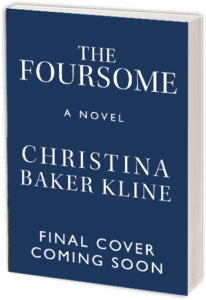I’m curious about how literary writers whose work is also commercial balance two often conflicting objectives: telling a good story and exploring setting, theme, and character. One day this wee k I was privileged to spend time with two terrific novelists, Alison Larkin and Marina Budhos, who had very different and equally useful takes on this question.
k I was privileged to spend time with two terrific novelists, Alison Larkin and Marina Budhos, who had very different and equally useful takes on this question.
Alison told me that she reads the thriller writer Harlan Coben for plot. Coben is a master of building and maintaining suspense, she said; you can’t help turning the pages. Paying attention to how he withholds and reveals information has been instructive for her. Marina said that, for her, “a first draft is all about exploration, but at a certain point that exploration has to stop.” She talked about the challenges of revision: taking a first draft and pulling the threads of plot and character all the way through, while at the same time ruthlessly cutting and repositioning the prose so the story has immediacy and urgency. In a first draft, then, the writer should feel free to experiment and digress – and I would argue that the literary writer must do so, to remain open to the unanticipated byways of the creative process – but in a second draft the writer has to remember that the prose exists solely in service to the story. As the writer Honor Moore says, “If you don’t put it in, you can’t take it out.”
